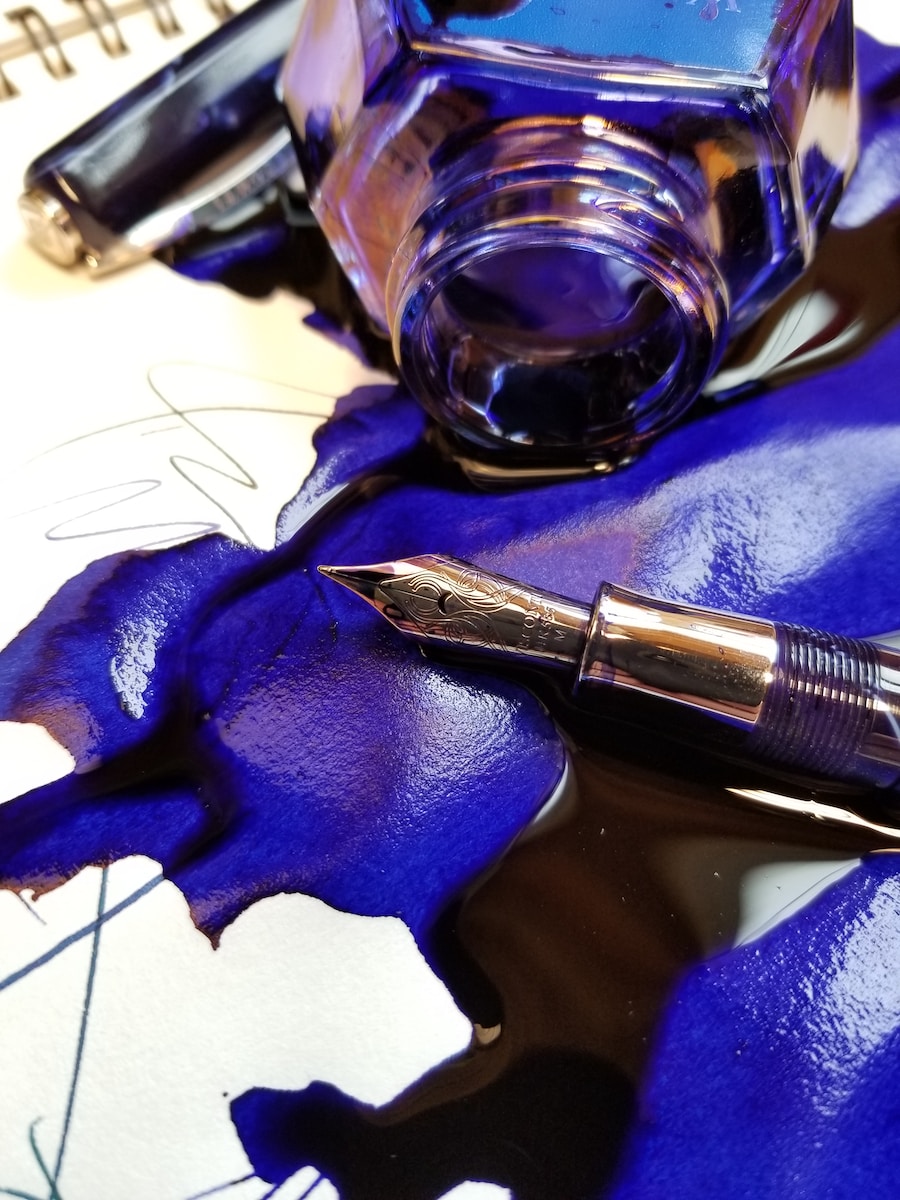
About 18 months ago (in the summer of 1996) I went to see Four Weddings and a Funeral at a North London cineplex. Very soon I was filled with a yearning to be doing something else (for example, standing at a bus stop in the rain); and under normal circumstances I would have walked out after ten or fifteen minutes. But these weren’t normal circumstances. Beside me sat Salman Rushdie.
LitHub | Martin Amis on the Genius of Jane Austen (and What the Adaptations Get Wrong) Or: Trapped in a Movie Theater with Salman Rushdie, c. 1996
—

In 1989 and ’90, the culture had not yet figured out what it wanted to be. What we got was the Diet Slice Era—refreshing, indistinct, and a harbinger of what was to come.
Esquire | The Two Weirdest Years in Music
—

July 20 1969, 3:17 P.M. E.S.T. The moment is an unacknowledged hinge in human history, unacknowledged because it seemed to lead nowhere. Where are the moon hotels and moon amusement parks and moon shuttles we grew up expecting? But it did lead to something: a new kind of mind. It’s not the birth of the space age we should be acknowledging on this fiftieth anniversary, but the birth of the paranoia that defines us. Because a man on the moon was too fantastic to accept, some people just didn’t accept it, or deal with its implications—that sea of darkness. Instead, they tried to prove it never happened, convince themselves it had all been faked. Having learned the habit of conspiracy spotting, these same people came to question everything else, too. History itself began to read like a fraud, a book filled with lies. To understand America, you can start with Apollo 11 and all that is counterfactual that’s grown around it; that’s when the culture of conspiracy, which is the culture of Donald Trump and fake news, was born.
The Paris Review | How Stanley Kubrick Staged the Moon Landing
—
Counting on five fingers leads to the quinary system, or base 5; two hands lead to decimal, or base 10; two hands and two feet to base 20, or vigesimal. How, then, did the Sumerians land on base 60?
Lapham’s Quarterly | The Early History of Counting. How ancient peoples learned to keep a tally.
—
After years of being mistaken for one another, Klein tried to find out why Wolf went down the conspiracy rabbit hole—and why so many people have followed her.
The New Republic | Naomi Klein’s Journey Into the Unnerving World of Naomi Wolf
